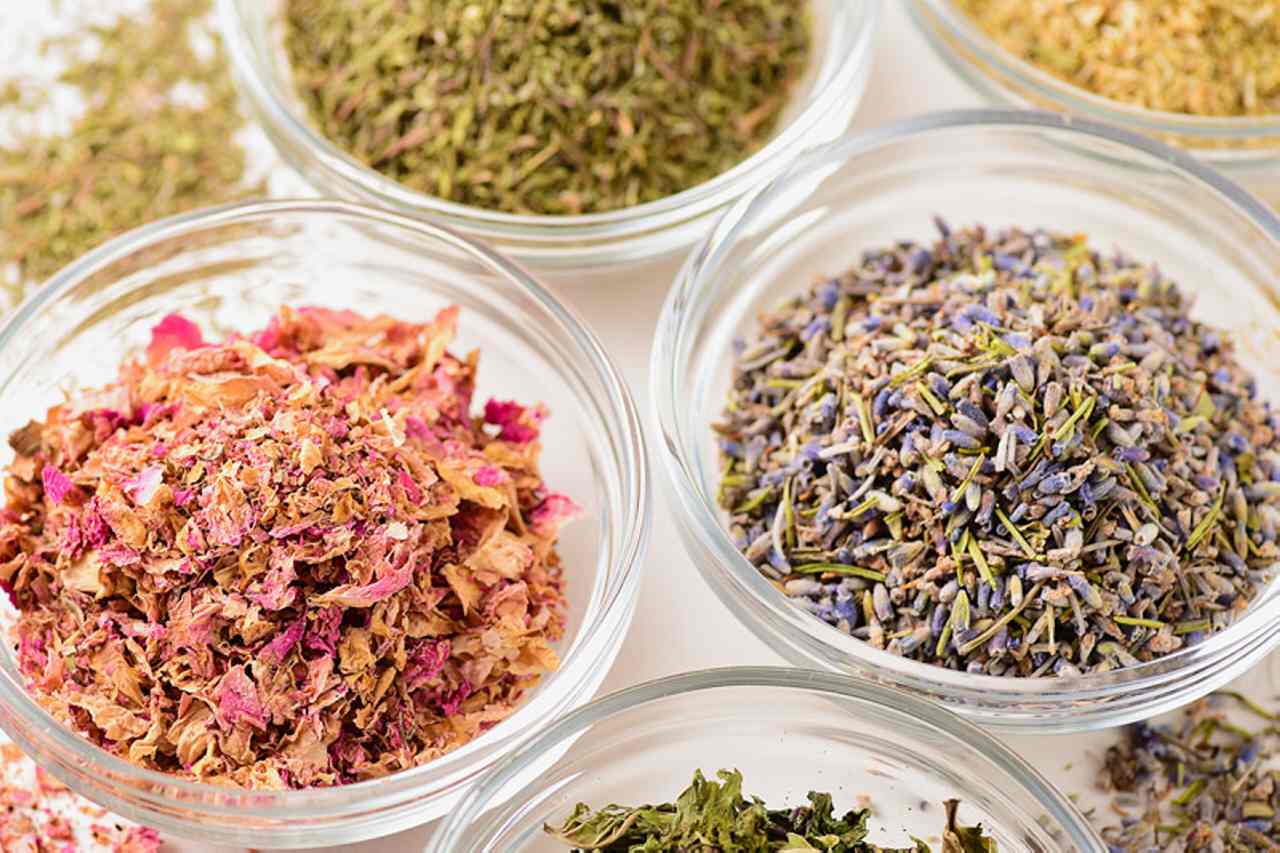
Whether or not for burns, stings, cuts or immunity, these easy-to-grow additions to your backyard supply far more than simply beauty.
When the Historical Greeks had a toothache, an upset abdomen or nausea, they couldn’t go to the closest pharmacy.
As an alternative, they turned to their backyard and relied on the therapeutic results of crops.
From chickweed and nettle to mint and calendula, the roots, leaves and flowers of many frequent crops could be a pure addition to your drugs cupboard.
Calendula
What to make use of it for
These brilliant flowers are anti-inflammatory and antibacterial and include carotenoids, flavonoids and polyphenols.
“Dab calendula salve on a lower or sore,” naturopath Mim Beim says.
“Or swill calendula tea in case you have infected gums or tonsilitis.”
Learn how to use it
“Sprinkle calendula flowers in a salad or make a salve utilizing dried flowers, beeswax and candy almond oil or olive oil,” Vegetation of Energy co-author Stacey Demarco says.
Steep calendula flowers in boiling water for 5 minutes to make a therapeutic tea.
- Therapeutic science: 9 historical natural tonics having a contemporary resurgence
Chickweed
What to make use of it for
Chickweed accommodates calcium, magnesium, zinc, iron, potassium and nutritional vitamins A, B and D.
“Squash contemporary chickweed leaves on a mosquito or tick chunk,” Stacey says.
“The leaves style like lettuce and consuming them will assist increase your immune system so that you’ll be much less vulnerable to colds.”
Learn how to use it
Wash the leaves and add them to a salad – leaves are tastiest earlier than chickweed begins to flower, Stacey says.
Or squash the leaves in your hand to appease insect bites.
Burdock
What to make use of it for
Burdock appears like a thistle however is innocent and accommodates vitamin B6, potassium, folate and vitamin C.
Conventional Chinese language drugs makes use of burdock as a tonic to cleanse the blood and a examine discovered burdock root tea could ease osteoarthritis knee ache.
Learn how to use it
“Many of the goodness is within the roots that may be added to a stir-fry and burdock seeds may be roasted so as to add a nutty flavour to salads,” Stacey says.
- Chilly reduction: Ought to echinacea be a staple in your drugs cupboard?
Nettle
What to make use of it for
Nettles carry a sting but additionally include iron, magnesium and B nutritional vitamins. The Egyptians used nettles to ease again ache and the Romans rubbed nettles on their pores and skin to remain heat.
“Nettle is an efficient blood tonic and it might probably additionally enhance the move of breastmilk,” Mim says.
Learn how to use it
Nettle leaves are tastiest when picked younger and added to soup.
Or make tea by steeping dried nettle leaves in boiling water for 5 minutes.
Chamomile
What to make use of it for
Chamomile improves digestion, rest and sleep.
It accommodates greater than 30 completely different flavonoids which have anti-inflammatory and antioxidant results.
Historically, it has additionally been used to assist issues together with eczema, gout, conjunctivitis and nausea.
Learn how to use it
“Dry the leaves and flowers and make a focus by boiling and decreasing the liquid down after which including it to honey to make a syrup,” Stacey says.
“You too can place dried chamomile flowers inside your pillow to assist sleep.”
- Ease stress: 10 greatest indoor crops for a happier, more healthy house
Mint
What to make use of it for
Mint is thought for serving to digestion and offering welcome reduction for wind and nausea.
It accommodates vitamin A, iron, manganese and folate and is excessive in antioxidants.
It additionally accommodates menthol that may assist enhance respiratory when you could have a chilly.
Learn how to use it
“Mint is well grown in pots – simply don’t overwater it,” Stacey says.
Chew on mint leaves for contemporary breath and to assist kill mouth micro organism.
When you’ve got digestive issues, peppermint oil can relieve indigestion.
Lavender
What to make use of it for
Lavender could relieve a variety of well being issues, Stacey says, from complications, cuts and bug bites to sore muscle tissues, colic and stress.
The plant accommodates lavandin oil that has antibacterial, antifungal and sedative results.
Learn how to use it
“If I get a lower or insect chunk, I put a tiny little bit of lavender oil on it at its extremely antibacterial,” Stacey says.
Pour boiling water over lavender flowers and let it steep for a calming tea or add the flowers to a heat bathtub.
What to remember about therapeutic crops
Whereas crops could be a useful gizmo in wellness, it’s vital to hunt medical recommendation from a certified well being practitioner if you’re involved about your well being.
You must also verify along with your GP whether or not particular natural cures could affect on prescribed treatment.
Written by Sarah Marinos.

